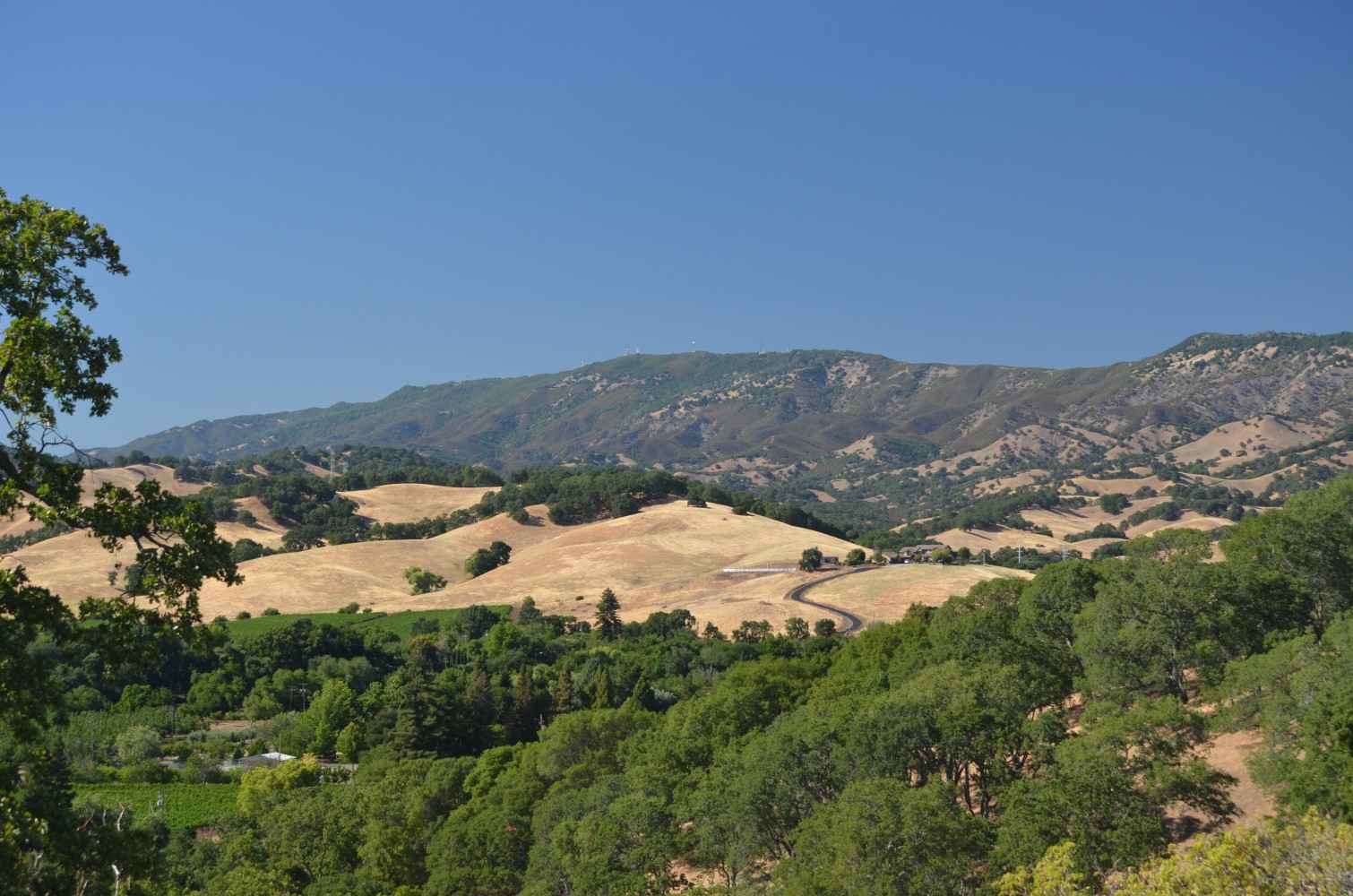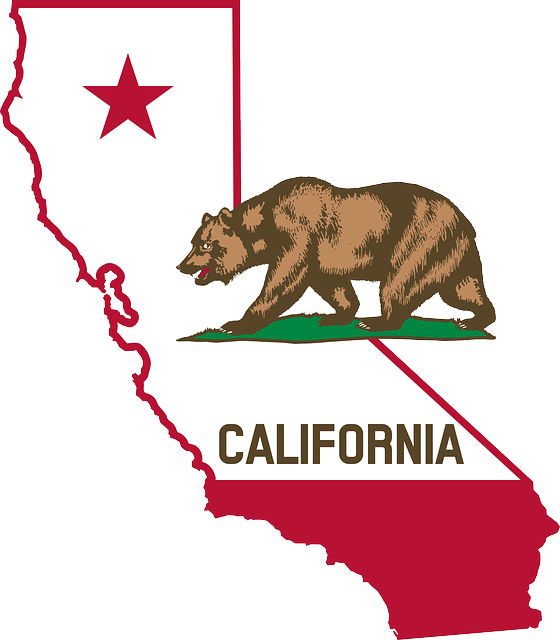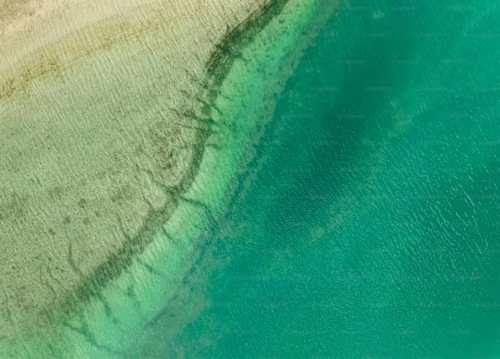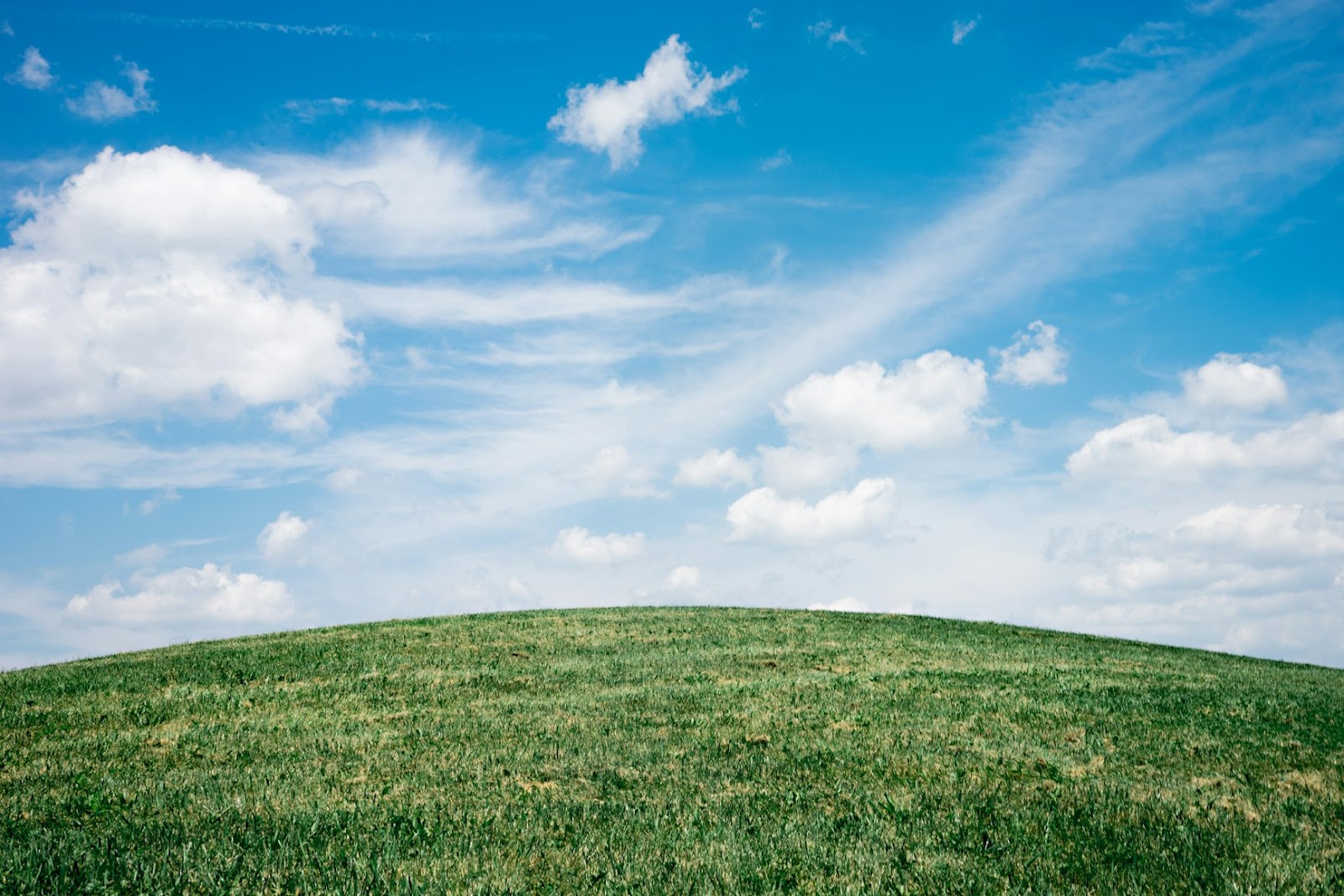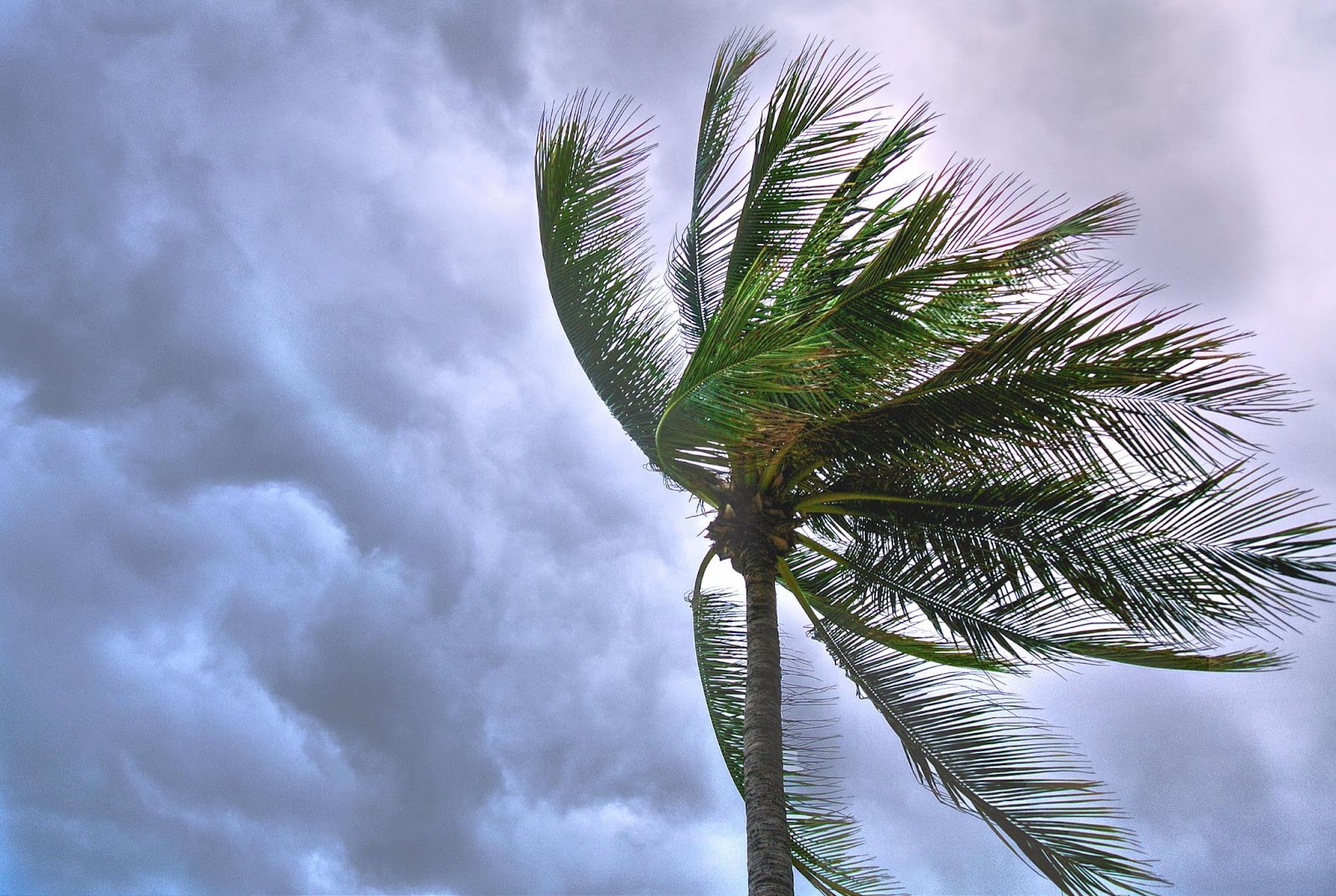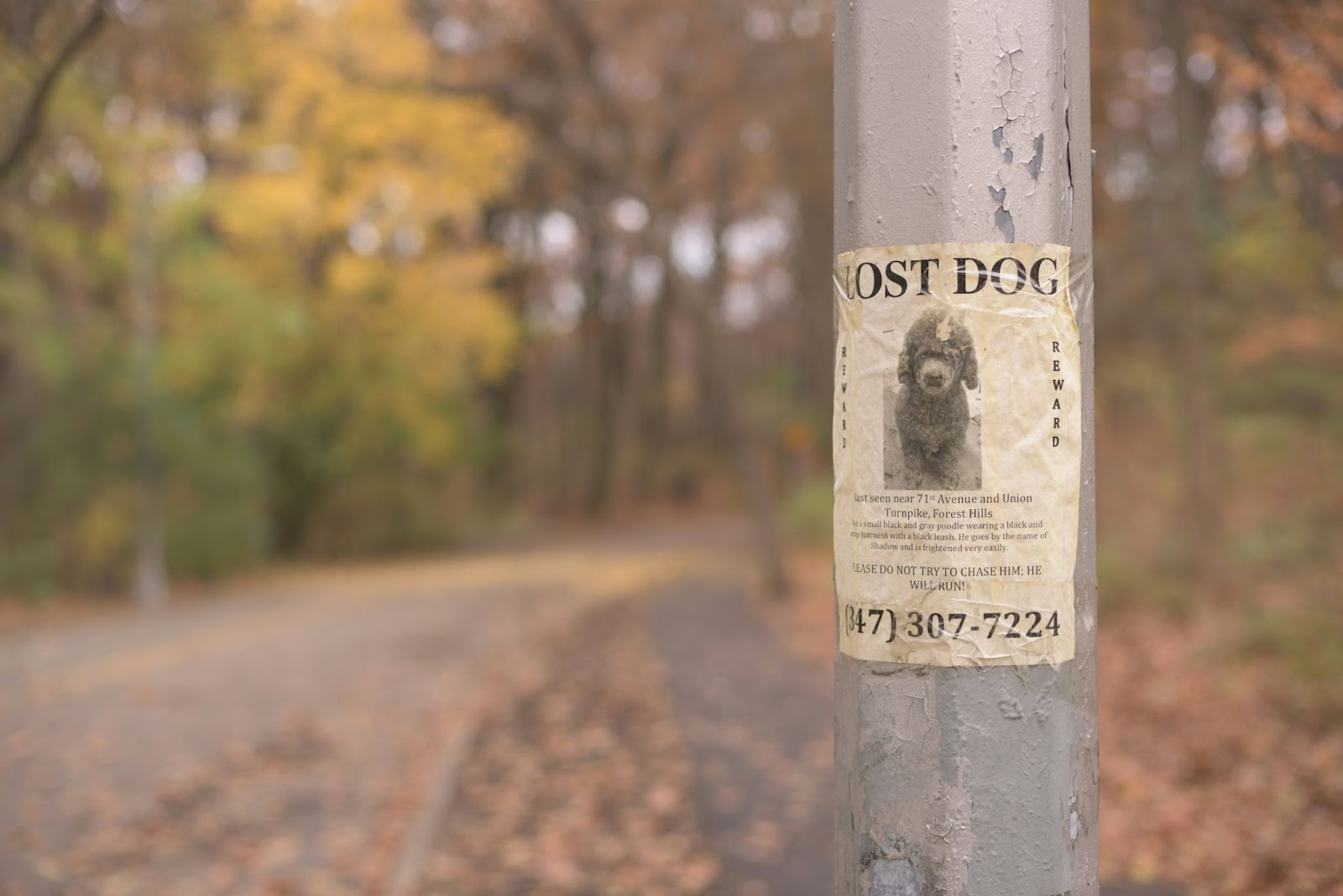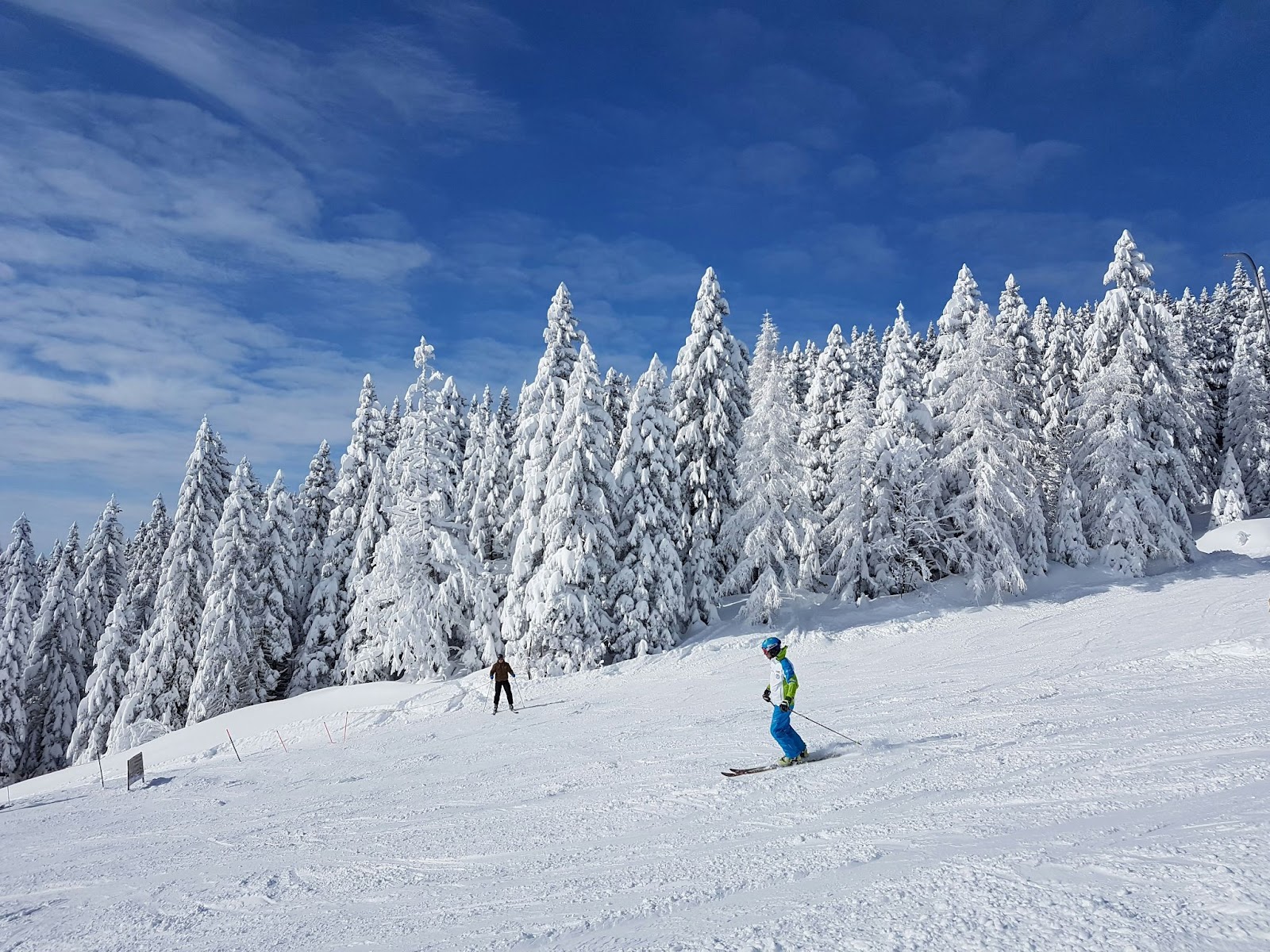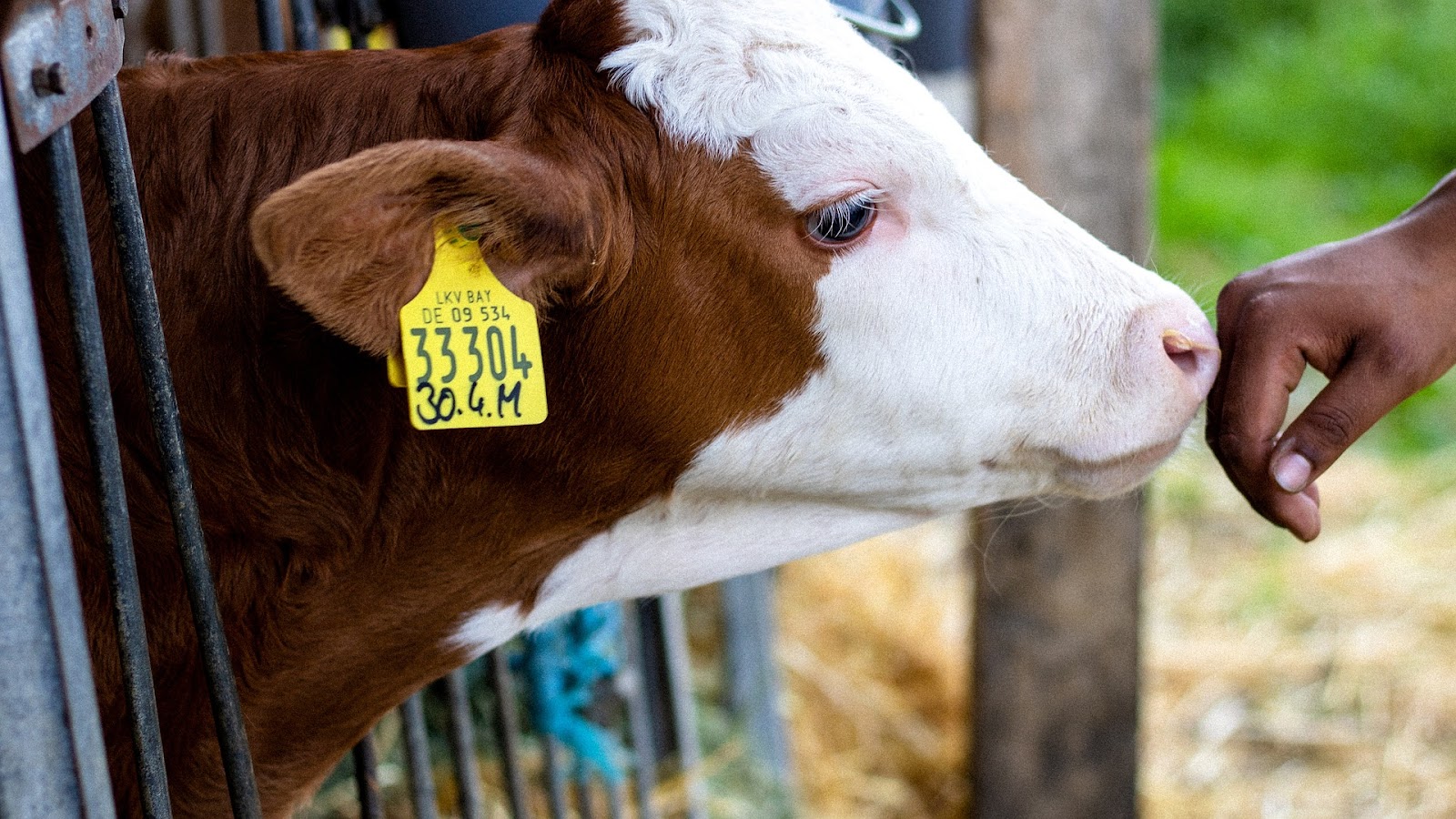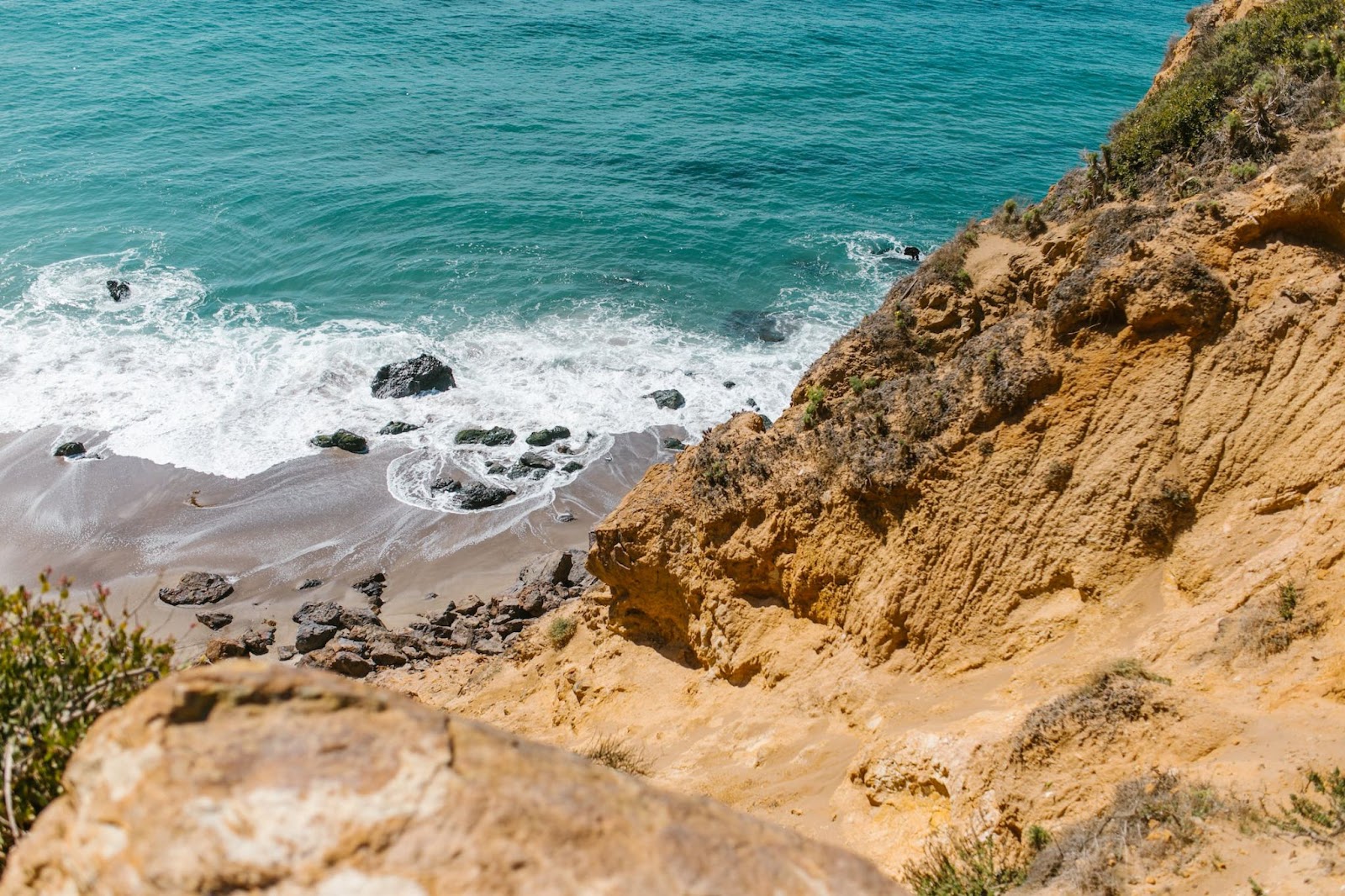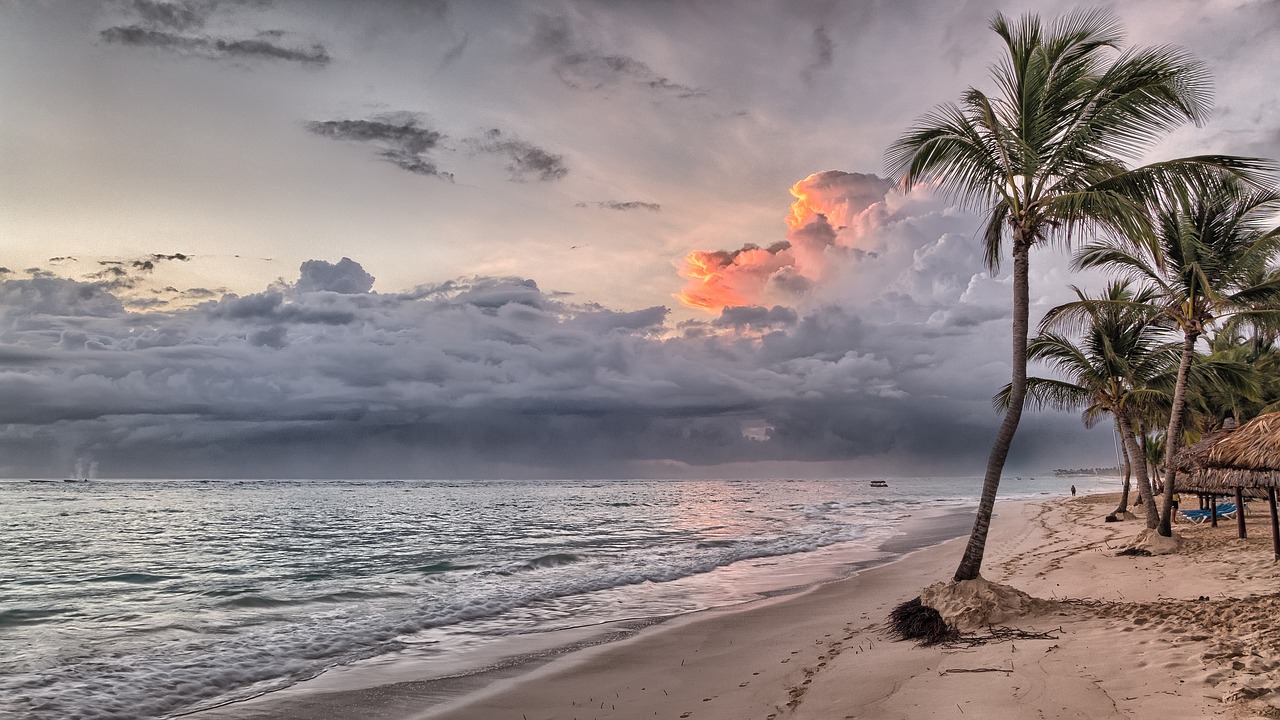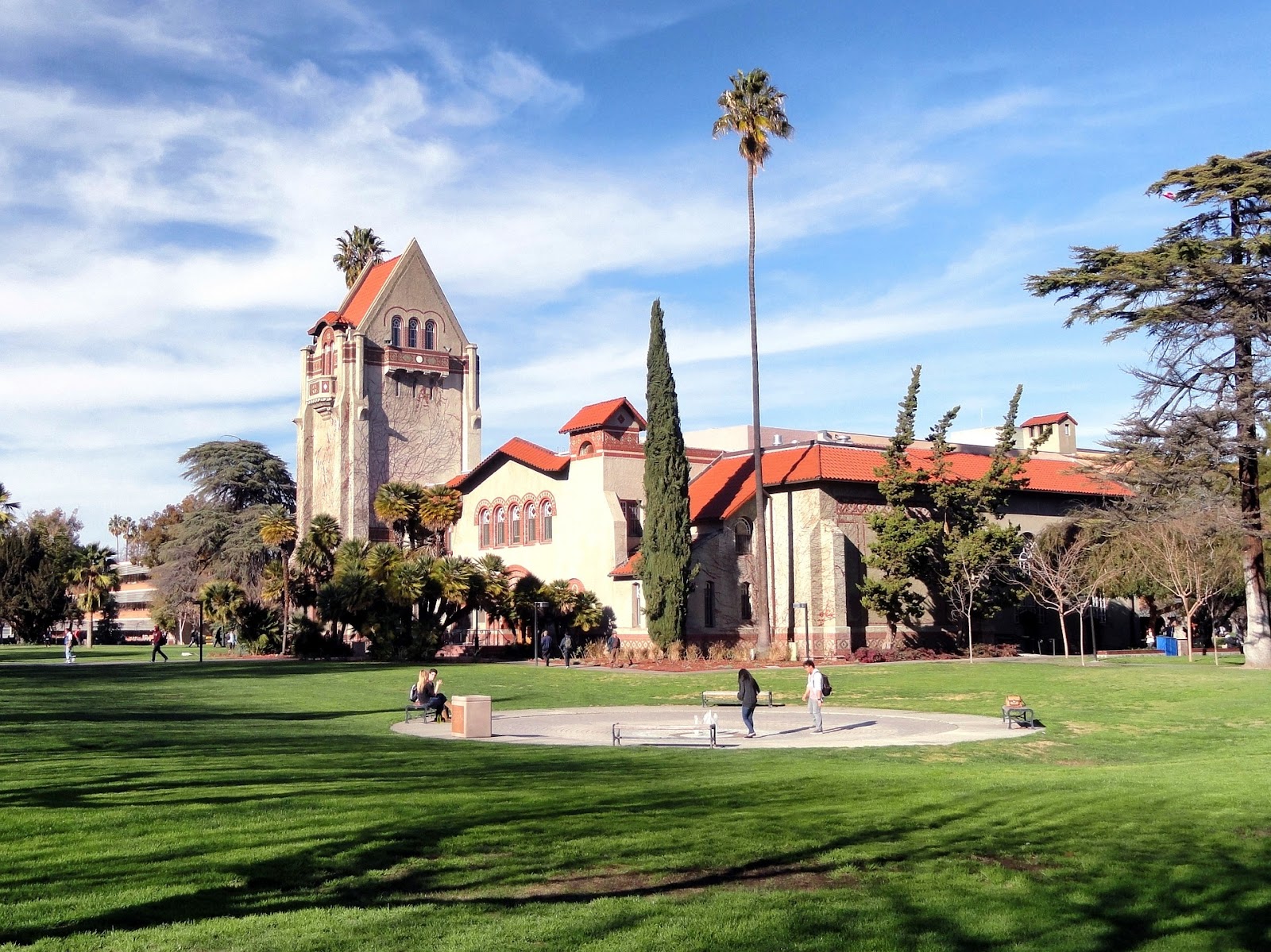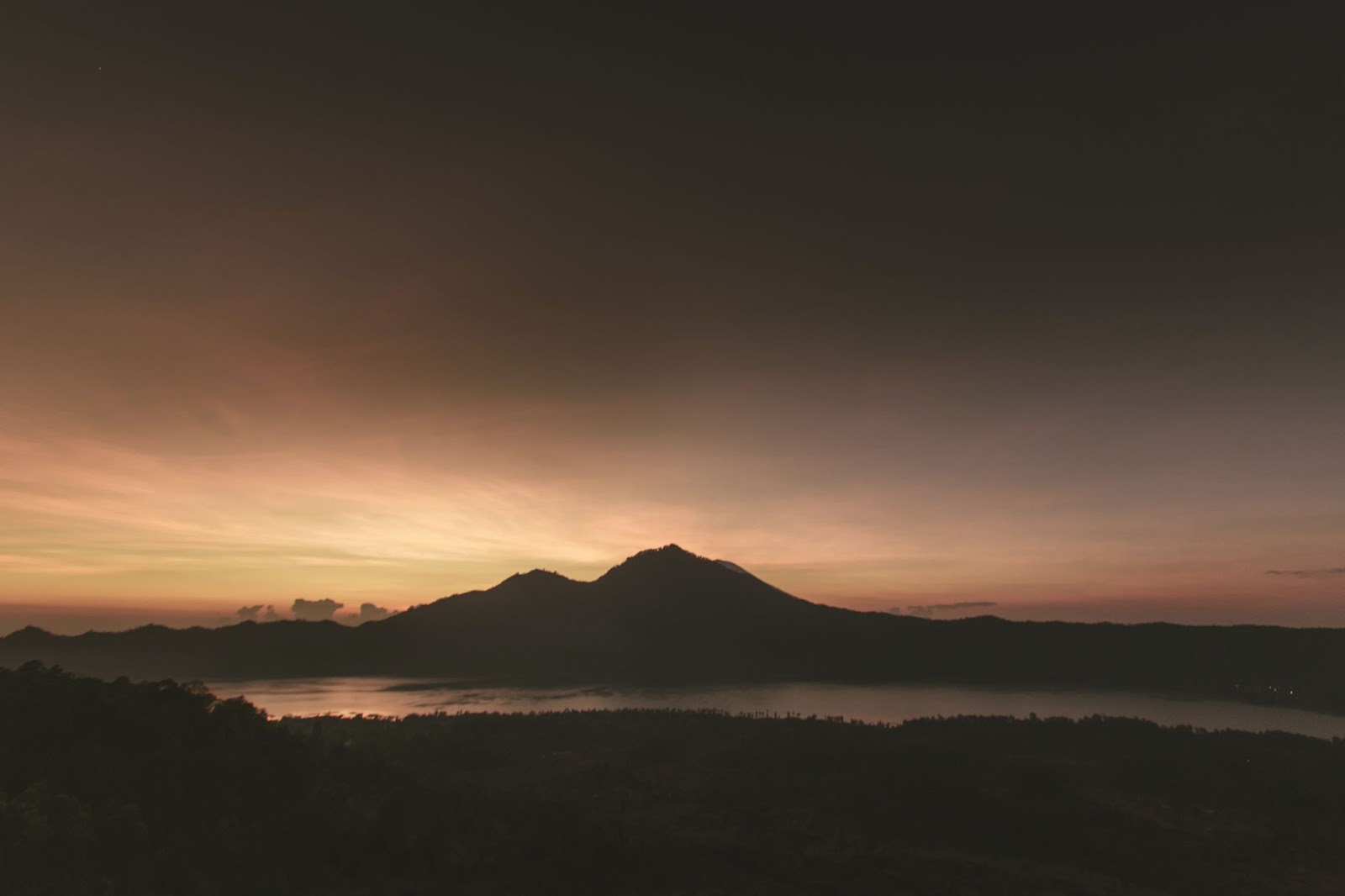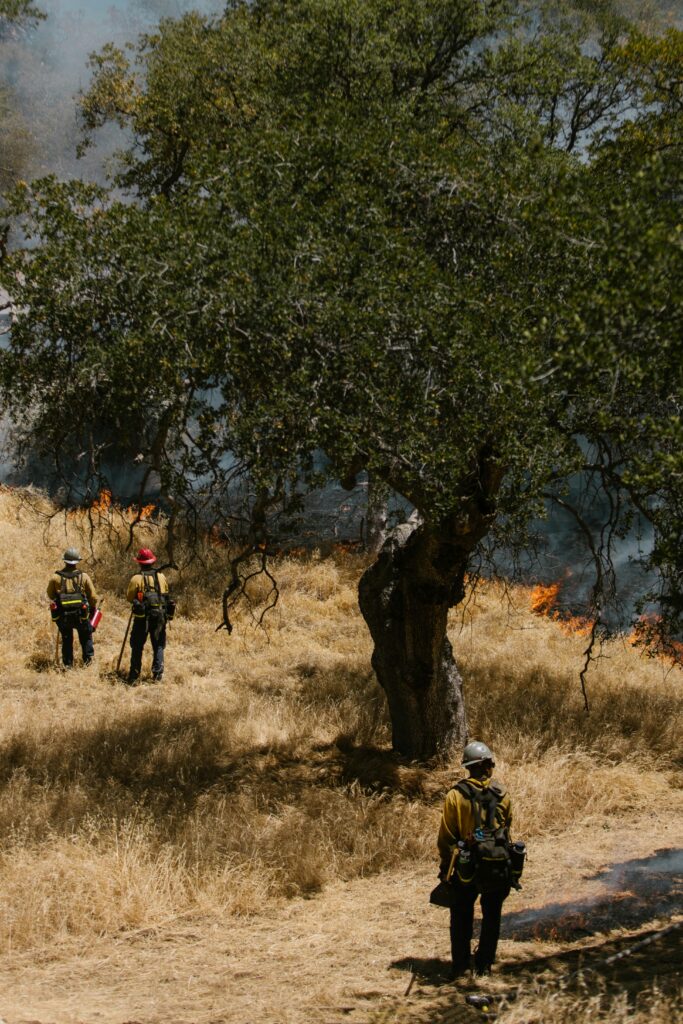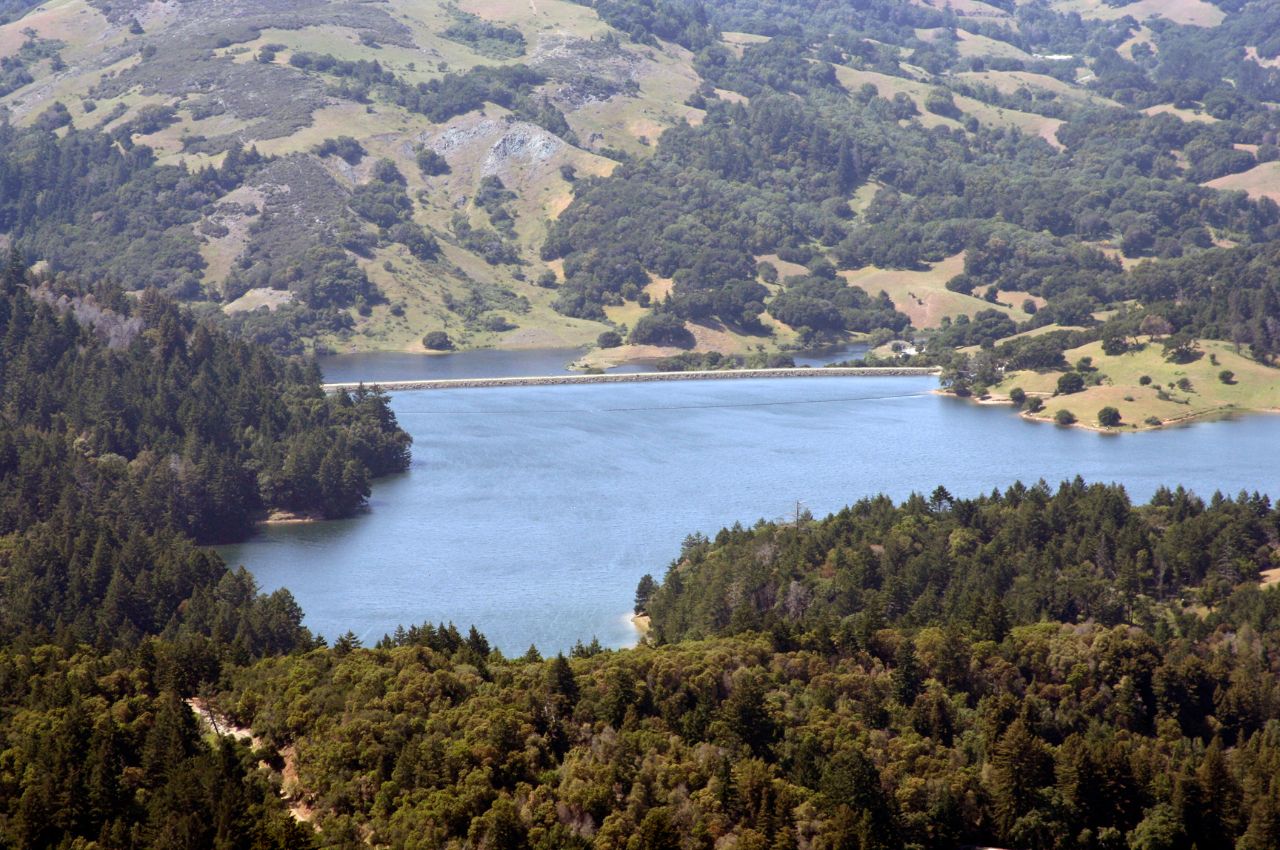California is known for its wide variety of plants and animals. The state has a greater diversity of plants and animals than any other state in the US. But this rich biodiversity is threatened by invasive species—plants and animals that are not originally from here and can harm local environments. To fight this problem, the California Department of Fish and Wildlife (CDFW) has organized the California Invasive Species Action Week (CISAW), which runs from Saturday, June 1, through Sunday, June 9, 2024.
This special week is all about teaching people and encouraging them to take steps to protect California’s natural treasures. Daydre Roser, a scientist with the CDFW’s Invasive Species Program, emphasizes the importance of everyone’s participation. She points out that invasive species decrease the variety of life, which is crucial for our natural landscapes to thrive.
The week is packed with activities. People across California will volunteer to remove invasive plants. There will be fun, hands-on activities and educational webinars every day. In addition, this year’s Youth Art Contest winner, which had the theme “Species Reporters Wanted—What’s the Scoop on Invasives?” will be announced.
Some activities include joining the wildlife discovery event at Coyote Creek in Anderson Lake County Park in Morgan Hill and attending a series of “Lunchtime Talks” webinars hosted by the University of California Cooperative Extension. These talks will cover topics like the tree-killing shothole borer beetle and the invasive yellow starthistle, considered one of the most problematic plants in the state.
Volunteers are also needed to help the Milo Baker Chapter of the California Native Society remove South African ice plants in Bodega Bay. These plants were initially used to control erosion but have become a problem. Additionally, you can get involved with the League to Save Lake Tahoe’s program to identify and report non-native aquatic plants. Other ways to help include uprooting invasive plants along the American River Parkway in Sacramento with the American River Parkway Foundation.
Suppose you want to learn about the invasive quagga mussel with the East Bay Regional Park District. In that case, they will be hosting interactive activities at Shadow Cliffs Regional Recreation Area in Pleasanton to educate on how to prevent these mussels from infesting California lakes.
Join the Cosumnes River Preserve Habitat Restoration Team in Galt on the final Saturday of the week. This day will focus on protecting the valley oak riparian habitat along the Cosumnes watershed.
But protecting California’s nature takes more than just one week. You can help throughout the year by volunteering with the California State Parks Foundation and other local organizations. Reporting sightings of invasive species through iNaturalist or CDFW’s Invasive Species app is also crucial.
If you’re interested in these activities, you can check out CISAW events online. Some events require you to register beforehand, so please check the details.
For more information about CISAW or how you can get involved in preserving California’s natural beauty, email [email protected]. Remember, every effort counts in keeping California’s ecosystems healthy and thriving.























